Home>Gardening & Outdoor>Landscaping Ideas>How Long Does It Take Kentucky Blue Grass To Germinate
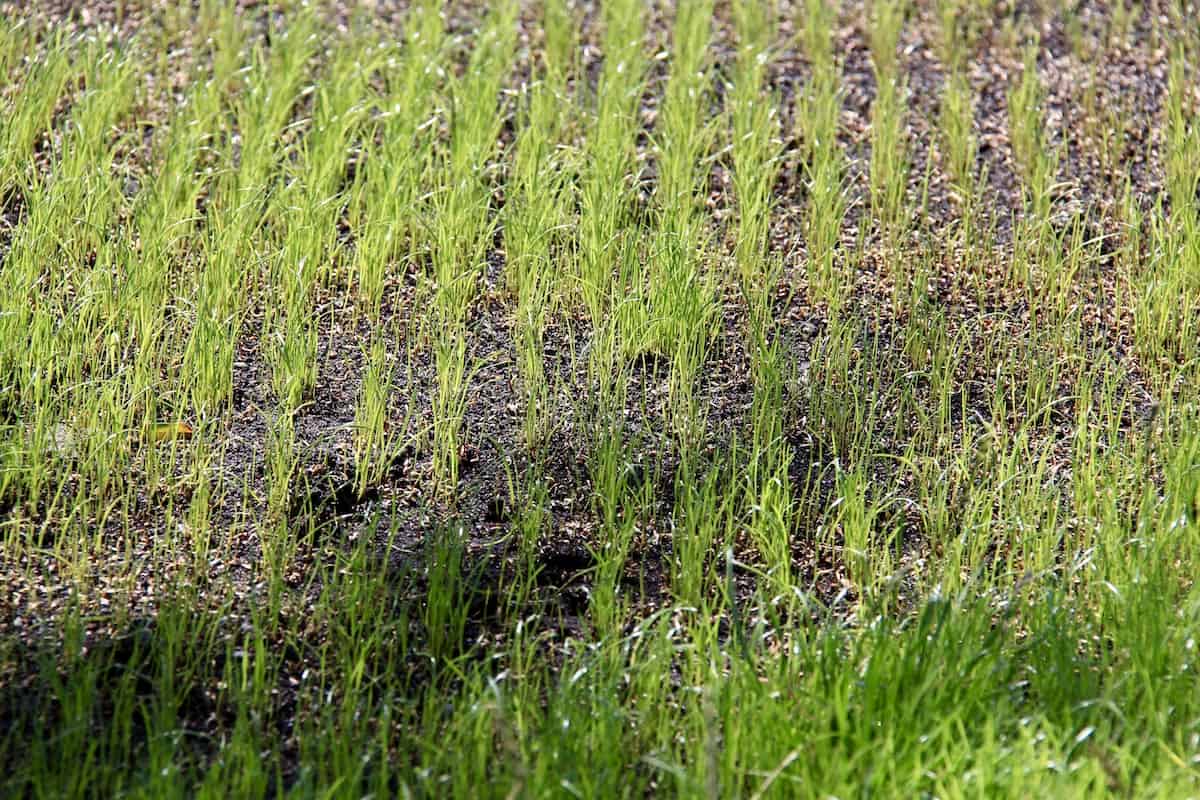

Landscaping Ideas
How Long Does It Take Kentucky Blue Grass To Germinate
Published: January 26, 2024
Discover expert landscaping ideas and learn how long it takes for Kentucky bluegrass to germinate. Transform your lawn with our comprehensive guide.
(Many of the links in this article redirect to a specific reviewed product. Your purchase of these products through affiliate links helps to generate commission for Storables.com, at no extra cost. Learn more)
Introduction
The Exciting Journey of Kentucky Bluegrass Germination
The process of establishing a lush, verdant lawn often begins with the exciting journey of Kentucky bluegrass germination. As a homeowner or landscaping enthusiast, understanding the intricacies of this germination process is pivotal for achieving a stunning and resilient lawn. In this comprehensive guide, we will delve into the captivating world of Kentucky bluegrass germination, exploring the factors that influence its timeline and the optimal conditions required for successful germination.
Embarking on the endeavor of cultivating a Kentucky bluegrass lawn is an endeavor filled with promise and potential. The germination phase marks the inception of this green transformation, setting the stage for a landscape that exudes natural beauty and enduring charm. By unraveling the mysteries of Kentucky bluegrass germination, you will gain invaluable insights that can elevate your lawn care practices to new heights.
Join us as we embark on a journey through the captivating realm of Kentucky bluegrass germination, uncovering the secrets that govern its timeline and discovering the essential elements that contribute to a thriving and vibrant lawn. Let's delve into the fascinating world of Kentucky bluegrass germination and equip ourselves with the knowledge to foster a flourishing and resilient lawn landscape.
Key Takeaways:
- Kentucky bluegrass germination takes 14 to 30 days under optimal conditions, influenced by factors like seed quality, soil temperature, moisture, and light exposure. Patience and care are essential for a vibrant lawn.
- Successful Kentucky bluegrass germination requires high-quality seeds, thoughtful seedbed preparation, balanced moisture and temperature, and adequate post-germination light. These elements nurture resilient and enduring turf.
Understanding Kentucky Bluegrass Germination
Kentucky bluegrass (Poa pratensis) is a cool-season grass renowned for its lush, dense growth and remarkable resilience. Understanding the germination process of this esteemed grass species is essential for nurturing a thriving lawn. Kentucky bluegrass typically reproduces via seed germination, a fascinating process that unfolds in distinct stages.
At the onset of the germination journey, the Kentucky bluegrass seed absorbs water, triggering a cascade of biochemical reactions within the seed. This hydration process initiates metabolic activities, leading to the swelling and eventual rupture of the seed coat. As the seed coat yields to the burgeoning life within, the embryonic root, known as the radicle, emerges and delicately extends into the surrounding soil. Simultaneously, the embryonic shoot, or coleoptile, begins its upward journey, unfurling the promise of verdant foliage.
As the radicle diligently anchors itself in the soil, it establishes a vital connection with the earth, drawing nourishment and stability essential for the seedling’s growth. Meanwhile, the coleoptile ventures skyward, seeking the nurturing embrace of sunlight and air. This delicate interplay of root and shoot development heralds the inception of a new Kentucky bluegrass plant, poised to grace the landscape with its vibrant greenery.
The process of Kentucky bluegrass germination is a testament to nature’s intricate design, where each stage unfolds with purpose and precision. From the initial imbibe of water to the emergence of the first tender blades, the journey of germination embodies the resilience and vitality inherent in Kentucky bluegrass.
As we unravel the nuances of Kentucky bluegrass germination, we gain a profound appreciation for the resilience and beauty encapsulated within this remarkable grass species. Join us as we delve deeper into the factors that influence the germination timeline and the optimal conditions that foster the growth of Kentucky bluegrass.
Factors Affecting Germination Time
Several intrinsic and extrinsic factors intricately influence the germination time of Kentucky bluegrass, shaping the duration and efficacy of this pivotal phase. Understanding these influential factors is paramount for optimizing the germination process and nurturing a thriving lawn. Let’s explore the key determinants that impact the germination time of Kentucky bluegrass:
Seed Quality and Viability
The quality and viability of Kentucky bluegrass seeds play a pivotal role in determining the germination time. Fresh, high-quality seeds with robust genetic potential are poised to germinate more swiftly and uniformly, setting the stage for a resilient and vibrant lawn. Conversely, aged or compromised seeds may exhibit delayed germination, impeding the establishment of a lush turf.
Soil Temperature
The soil temperature exerts a profound influence on the germination time of Kentucky bluegrass. Optimal soil temperatures, typically ranging between 50°F to 65°F (10°C to 18°C), create an inviting environment for seed germination. In cooler conditions, the germination process may proceed at a slower pace, while excessively high temperatures can hinder germination or lead to erratic seedling emergence.
Moisture Levels
Adequate moisture levels are essential for initiating and sustaining the germination process. Insufficient moisture can impede germination, while excessive waterlogged conditions may compromise the viability of the seeds. Striking a harmonious balance in soil moisture is crucial for fostering optimal germination conditions and facilitating the emergence of healthy Kentucky bluegrass seedlings.
Light Exposure
While Kentucky bluegrass seeds do not necessitate direct light for germination, the presence of light can influence the subsequent growth and development of the seedlings. Shaded or deeply buried seeds may encounter delayed germination, emphasizing the significance of appropriate sowing depths and light conditions for expediting the germination process.
Soil Composition and pH
The composition and pH of the soil profoundly impact the germination time of Kentucky bluegrass. Well-draining, fertile soils with a slightly acidic to neutral pH range (6.0 to 7.5) provide an optimal milieu for seed germination. Soil imbalances or compaction can impede germination, underscoring the importance of soil preparation and amendment to create a conducive environment for Kentucky bluegrass germination.
By comprehending the multifaceted interplay of these influential factors, we can adeptly navigate the nuances of Kentucky bluegrass germination, fostering an environment that nurtures robust and resilient turf. Join us as we delve into the ideal conditions that lay the groundwork for successful Kentucky bluegrass germination.
Ideal Conditions for Kentucky Bluegrass Germination
Creating an environment that aligns with the optimal conditions for Kentucky bluegrass germination is pivotal for fostering a thriving and resilient lawn. By meticulously orchestrating the elements that contribute to successful germination, you can set the stage for a lush expanse of Kentucky bluegrass. Let’s unravel the key components that constitute the ideal conditions for Kentucky bluegrass germination:
Temperature
Optimal soil temperatures ranging between 50°F to 65°F (10°C to 18°C) provide an inviting milieu for Kentucky bluegrass germination. This moderate temperature range fosters the metabolic activities within the seeds, expediting the emergence of robust seedlings. Monitoring and regulating soil temperatures during the germination phase is crucial for ensuring a favorable environment for the seeds to flourish.
Moisture
Adequate moisture levels are paramount for initiating and sustaining the germination process. Consistent, gentle irrigation or natural rainfall facilitates the imbibe of water by the seeds, kickstarting the transformative journey of germination. Maintaining balanced soil moisture, avoiding waterlogged or parched conditions, is essential for nurturing healthy Kentucky bluegrass seedlings.
Soil Quality
Well-draining, fertile soils with a slightly acidic to neutral pH range (6.0 to 7.5) create an optimal foundation for Kentucky bluegrass germination. Preparing the soil through proper aeration, amendment, and removal of debris ensures an inviting habitat for the seeds to establish roots and unfurl their verdant foliage. The composition and texture of the soil profoundly influence the germination process, underscoring the significance of soil preparation in cultivating a thriving lawn.
Read more: How Long Does Bahia Grass Take To Germinate
Light and Shade
While Kentucky bluegrass seeds do not necessitate direct light for germination, providing an environment with adequate light exposure post-germination is crucial for the robust growth and development of the seedlings. Balancing light and shade within the lawn landscape ensures that the emerging seedlings receive the requisite illumination to thrive, contributing to the establishment of a vibrant and resilient turf.
Seedbed Preparation
Thorough seedbed preparation, including proper leveling and removal of debris, sets the stage for successful Kentucky bluegrass germination. Creating a conducive seedbed, free from impediments and conducive to seed-soil contact, optimizes the conditions for seedling emergence and establishment. Diligent seedbed preparation is a cornerstone of fostering an environment that nurtures the growth of Kentucky bluegrass.
By harmonizing these vital elements, you can cultivate an environment that embodies the ideal conditions for Kentucky bluegrass germination, laying the groundwork for a flourishing and enduring lawn. Join us as we explore the timeframe of Kentucky bluegrass germination and unveil tips for ensuring its successful fruition.
Germination Timeframe
The germination timeframe of Kentucky bluegrass encapsulates the mesmerizing transition from dormant seeds to emergent seedlings, heralding the inception of a vibrant and resilient lawn. While the germination period is influenced by various factors, a general timeline provides valuable insights into the progression of this transformative phase.
Typically, under optimal conditions encompassing moderate soil temperatures, balanced moisture levels, and conducive soil quality, Kentucky bluegrass seeds germinate within 14 to 30 days after sowing. This timeframe serves as a guiding framework for anticipating the emergence of the first tender blades, marking the commencement of the lawn’s verdant transformation.
The initial stage of germination unfolds as the seeds imbibe water, triggering the biochemical processes that culminate in the rupture of the seed coat. Following this pivotal event, the radicle delicately extends into the soil, anchoring the seedling and establishing a vital connection with the earth. Simultaneously, the coleoptile embarks on its upward journey, unfurling the promise of lush foliage that will grace the landscape.
As the days progress, the verdant tapestry of Kentucky bluegrass begins to manifest, with the emergence of tender shoots and the gradual proliferation of delicate blades. This gradual unfurling of greenery signifies the resilience and vitality inherent in Kentucky bluegrass, as it transforms the landscape with its enduring charm.
While the general germination timeframe provides a foundational understanding, it is essential to note that variations may arise due to specific environmental conditions, seed quality, and other influential factors. Vigilantly monitoring the progress of germination and adapting care practices in response to the evolving needs of the emerging seedlings is instrumental for nurturing a thriving lawn.
By embracing the enchanting journey of Kentucky bluegrass germination and honoring the nuanced timeline that governs this transformative phase, you can cultivate a landscape that embodies the timeless allure of lush, resilient greenery. Join us as we uncover essential tips for ensuring the successful germination of Kentucky bluegrass, empowering you to nurture a vibrant and enduring lawn.
Tips for Successful Kentucky Bluegrass Germination
Cultivating a verdant expanse of Kentucky bluegrass begins with the artful orchestration of the germination process, harnessing the elements that foster robust seedling emergence and enduring vitality. By incorporating these essential tips into your lawn care endeavors, you can elevate the prospects of successful Kentucky bluegrass germination, laying the groundwork for a thriving and resilient lawn.
Choose High-Quality Seeds
Opt for fresh, high-quality Kentucky bluegrass seeds with robust genetic potential. Selecting seeds from reputable sources ensures superior viability and germination rates, setting the stage for a resilient and vibrant lawn.
Prepare the Seedbed Thoughtfully
Thoroughly prepare the seedbed by removing debris, leveling the soil, and ensuring optimal seed-soil contact. A well-prepared seedbed provides an inviting environment for the seeds to establish roots and initiate the germination process.
Monitor Soil Moisture
Consistently monitor soil moisture levels, ensuring a balanced environment that fosters seed imbibe and germination. Avoid waterlogged or parched conditions, striving for a harmonious moisture milieu that nurtures healthy seedling emergence.
Regulate Soil Temperature
Monitor and regulate soil temperatures within the optimal range of 50°F to 65°F (10°C to 18°C). Creating a conducive temperature environment expedites the metabolic activities within the seeds, facilitating uniform and robust germination.
Provide Adequate Light Post-Germination
After germination, ensure that the emerging seedlings receive adequate light exposure to support their growth and development. Balancing light and shade within the lawn landscape contributes to the establishment of resilient and vibrant Kentucky bluegrass turf.
Implement Consistent Irrigation
Adopt a consistent irrigation regimen to sustain balanced soil moisture levels and support the ongoing growth of the emerging seedlings. Thoughtful irrigation practices play a pivotal role in nurturing healthy Kentucky bluegrass germination.
Exercise Patience and Vigilance
Embrace patience as you await the enchanting emergence of Kentucky bluegrass seedlings, vigilantly monitoring their progress and adapting care practices as needed. By honoring the unique journey of germination, you can cultivate a landscape that exudes enduring charm and vitality.
By integrating these invaluable tips into your lawn care repertoire, you can adeptly navigate the nuances of Kentucky bluegrass germination, fostering an environment that nurtures robust and resilient turf. Join us as we conclude this insightful exploration, celebrating the transformative potential of Kentucky bluegrass germination in creating an enchanting and enduring lawn landscape.
Conclusion
The captivating journey of Kentucky bluegrass germination unveils the transformative potential inherent in nurturing a resilient and vibrant lawn landscape. By delving into the intricate nuances of this germination process, we have gained profound insights into the factors, conditions, and timelines that govern the emergence of lush Kentucky bluegrass turf. As we conclude this enlightening exploration, let us reflect on the enduring allure and transformative power encapsulated within the germination of Kentucky bluegrass.
From the imbibe of water to the emergence of tender shoots, each stage of germination embodies the resilience and vitality inherent in Kentucky bluegrass, heralding the inception of a verdant and enduring lawn. Understanding the influential factors that shape the germination time, such as seed quality, soil temperature, moisture levels, and light exposure, empowers us to orchestrate an environment that optimally supports the emergence of robust seedlings.
By embracing the ideal conditions for Kentucky bluegrass germination, encompassing optimal temperatures, balanced moisture, conducive soil quality, and thoughtful seedbed preparation, we lay the groundwork for a flourishing and resilient lawn. The germination timeframe, typically spanning 14 to 30 days under favorable conditions, serves as a guiding framework for anticipating the enchanting emergence of Kentucky bluegrass seedlings, marking the commencement of a verdant transformation.
As we infuse our lawn care endeavors with essential tips for successful Kentucky bluegrass germination, including the selection of high-quality seeds, thoughtful seedbed preparation, vigilant moisture and temperature regulation, and the provision of adequate light post-germination, we elevate the prospects of fostering robust and enduring turf.
Embracing the journey of Kentucky bluegrass germination invites us to exercise patience, vigilance, and an unwavering commitment to nurturing the emergence of resilient and vibrant greenery. By honoring the enchanting process of germination, we cultivate a landscape that embodies enduring charm and vitality, a testament to the transformative potential encapsulated within the germination of Kentucky bluegrass.
As we embark on our individual journeys of cultivating lush and enduring lawns, may the insights gleaned from this exploration serve as a guiding beacon, illuminating the path toward vibrant and resilient Kentucky bluegrass turf. Let us celebrate the transformative potential of germination and the enduring allure of a landscape adorned with the timeless beauty of Kentucky bluegrass.
Frequently Asked Questions about How Long Does It Take Kentucky Blue Grass To Germinate
Was this page helpful?
At Storables.com, we guarantee accurate and reliable information. Our content, validated by Expert Board Contributors, is crafted following stringent Editorial Policies. We're committed to providing you with well-researched, expert-backed insights for all your informational needs.
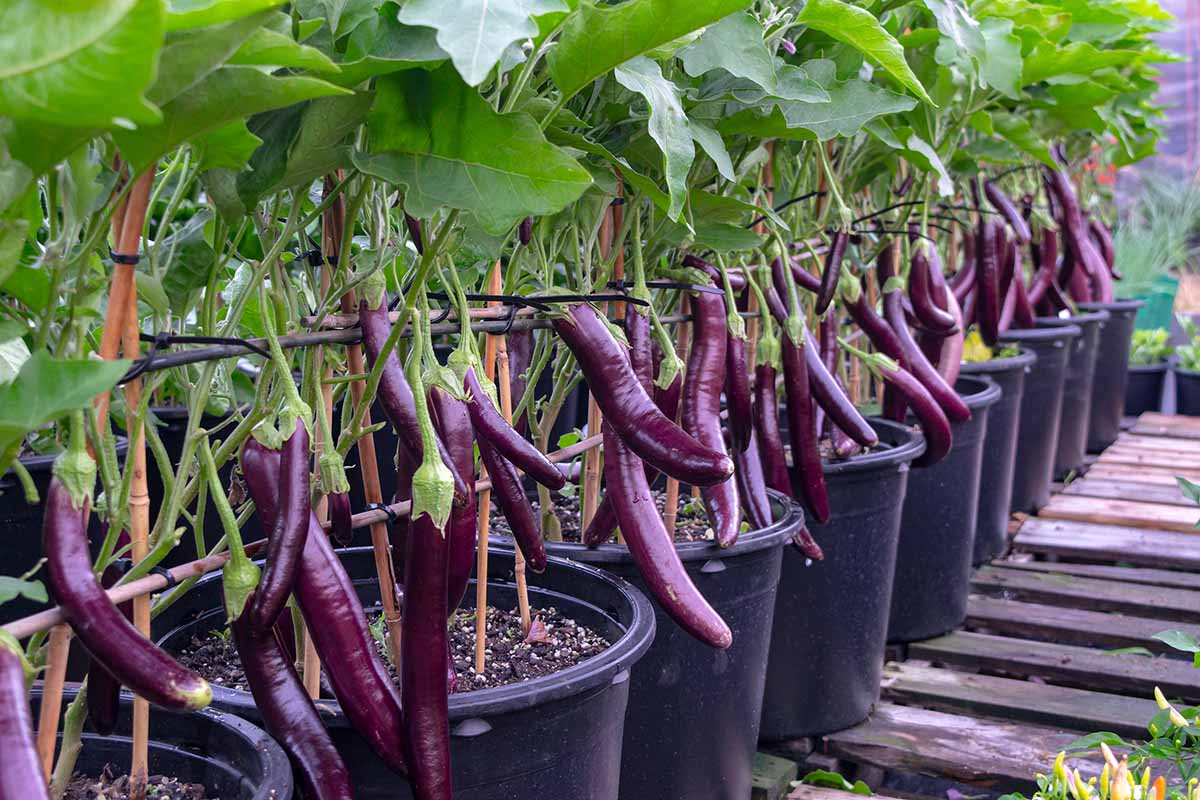
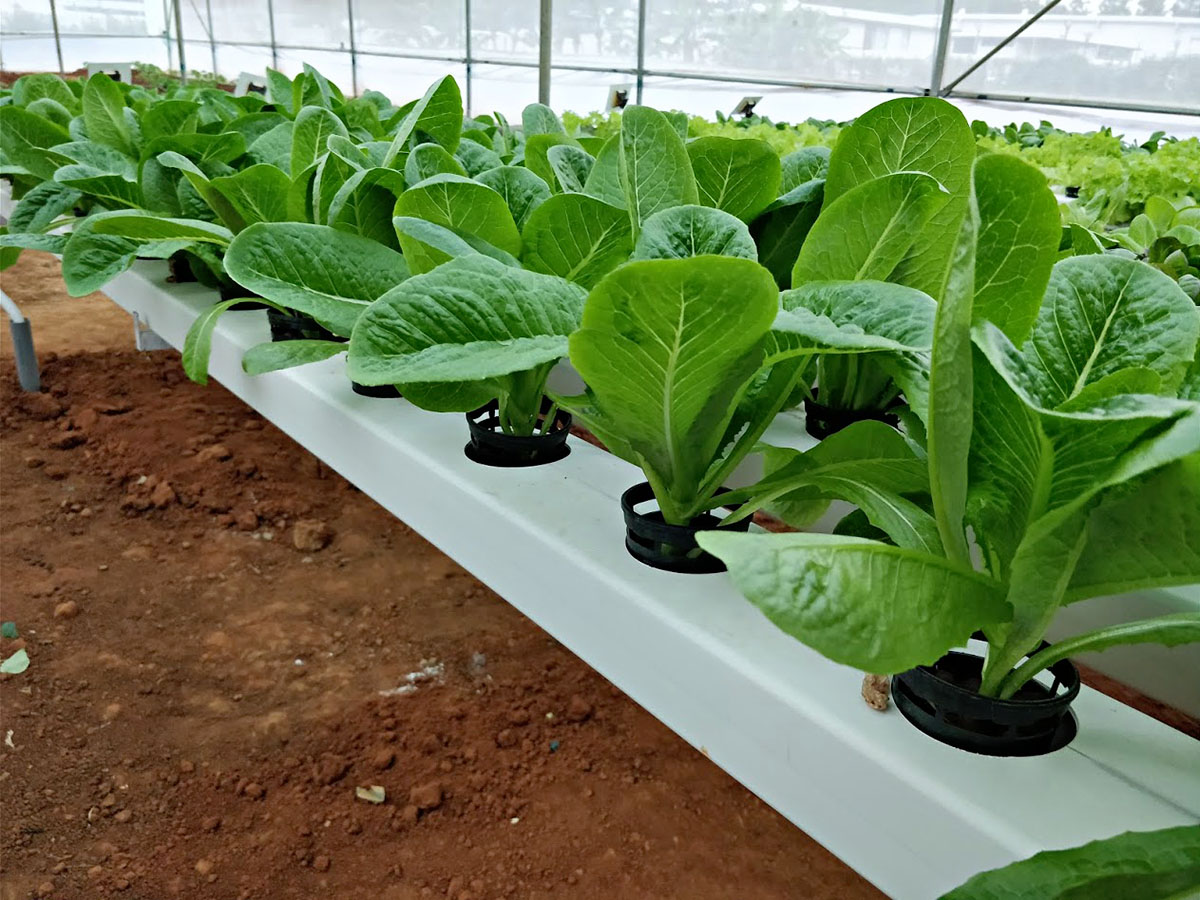

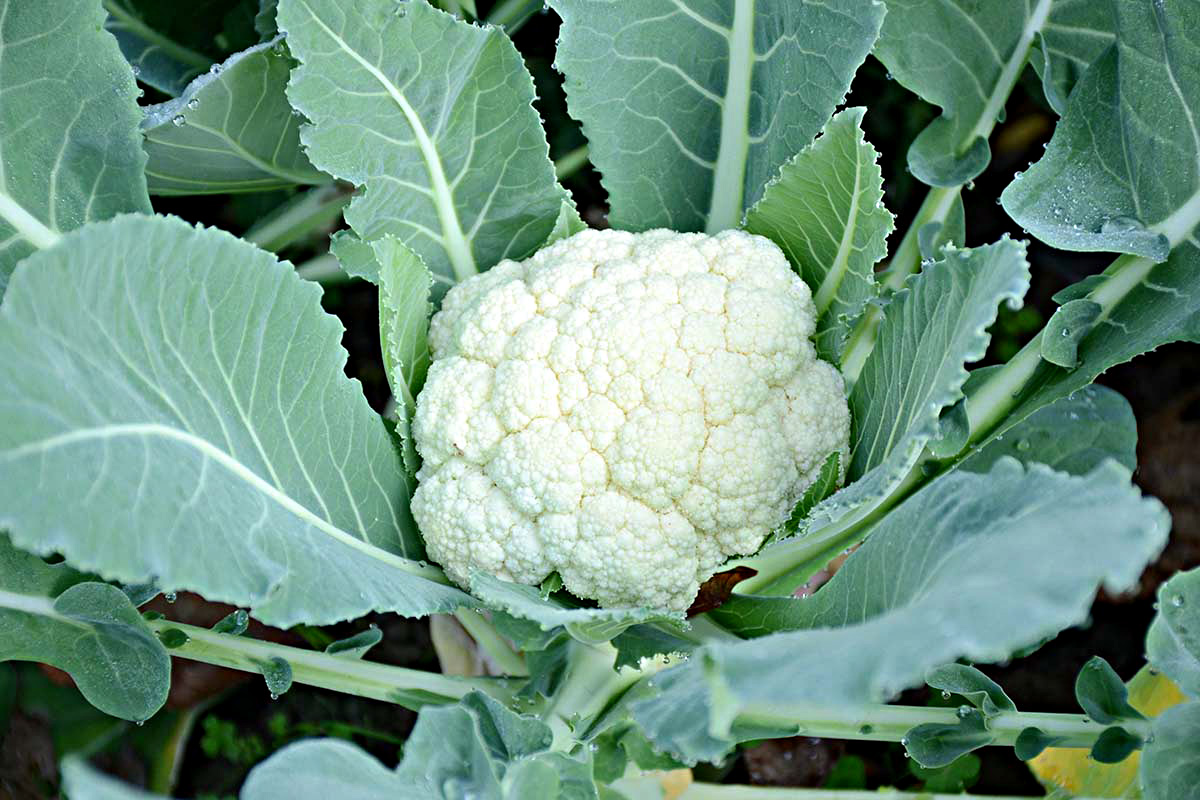
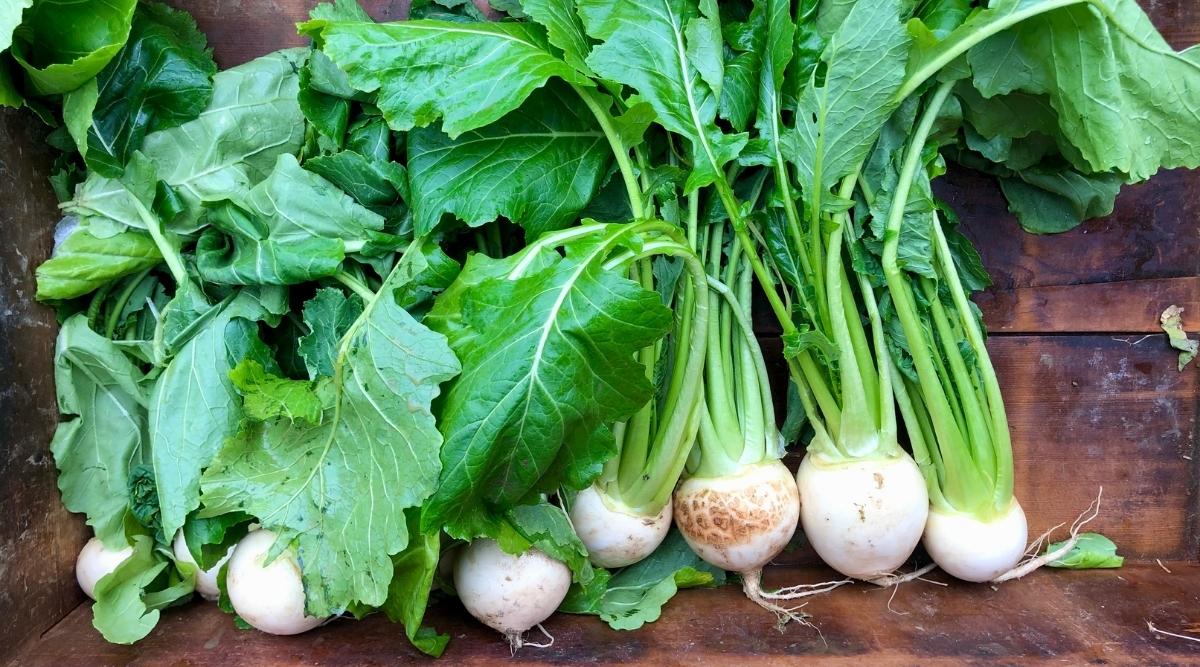
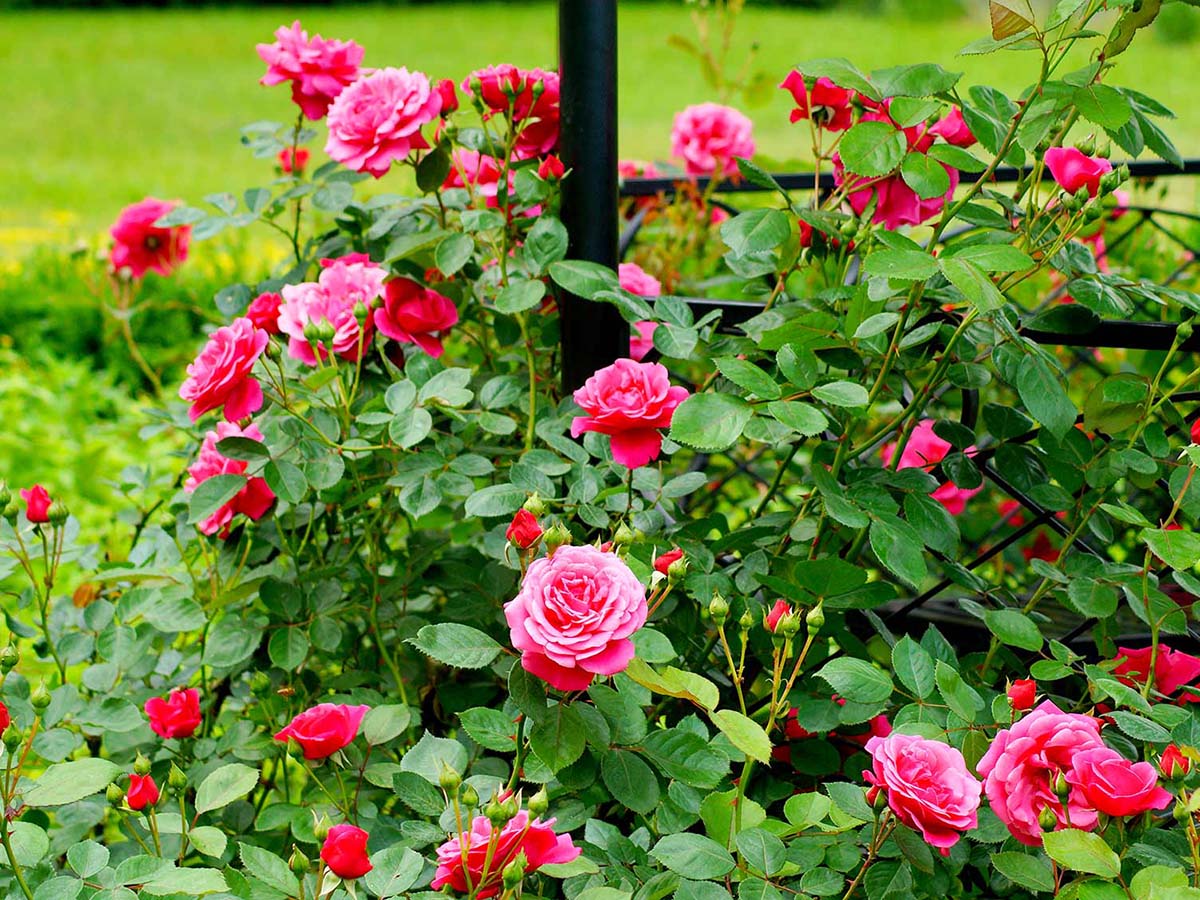

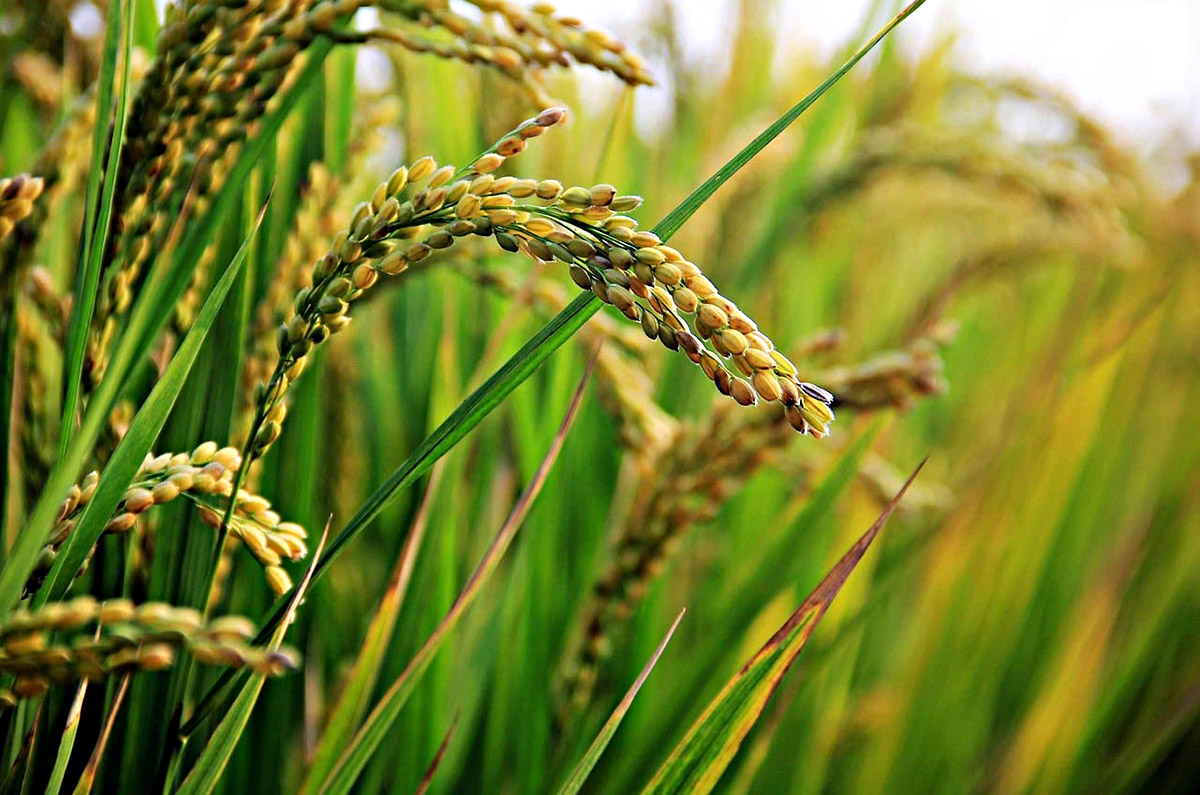
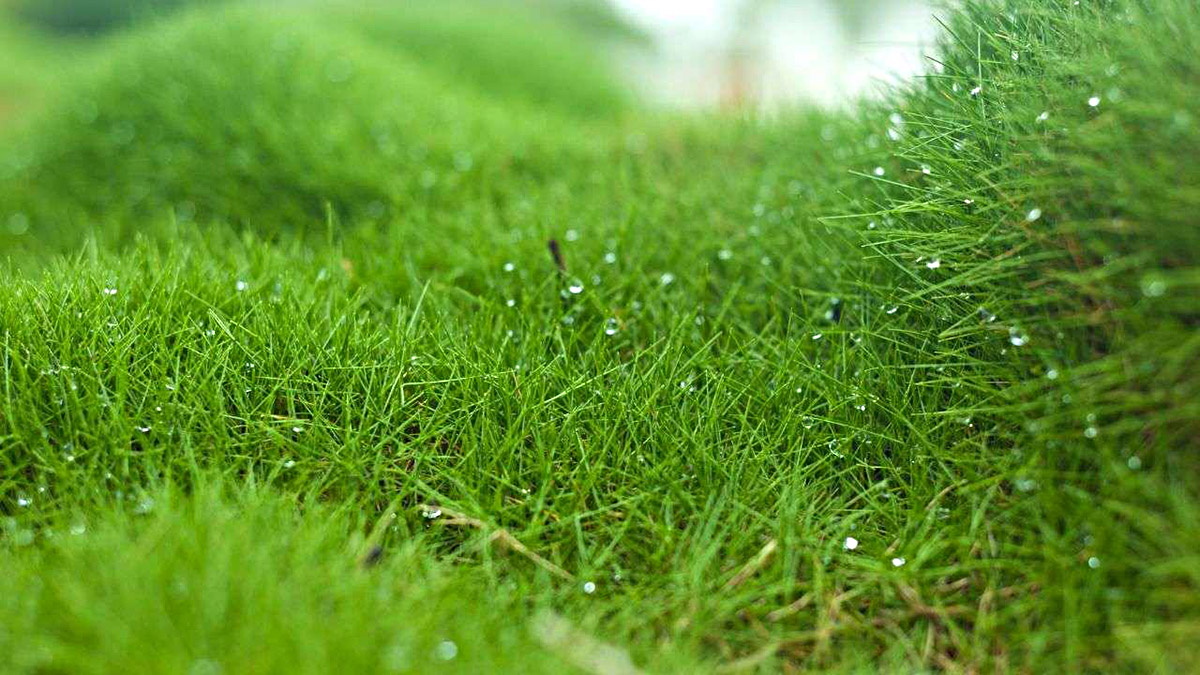
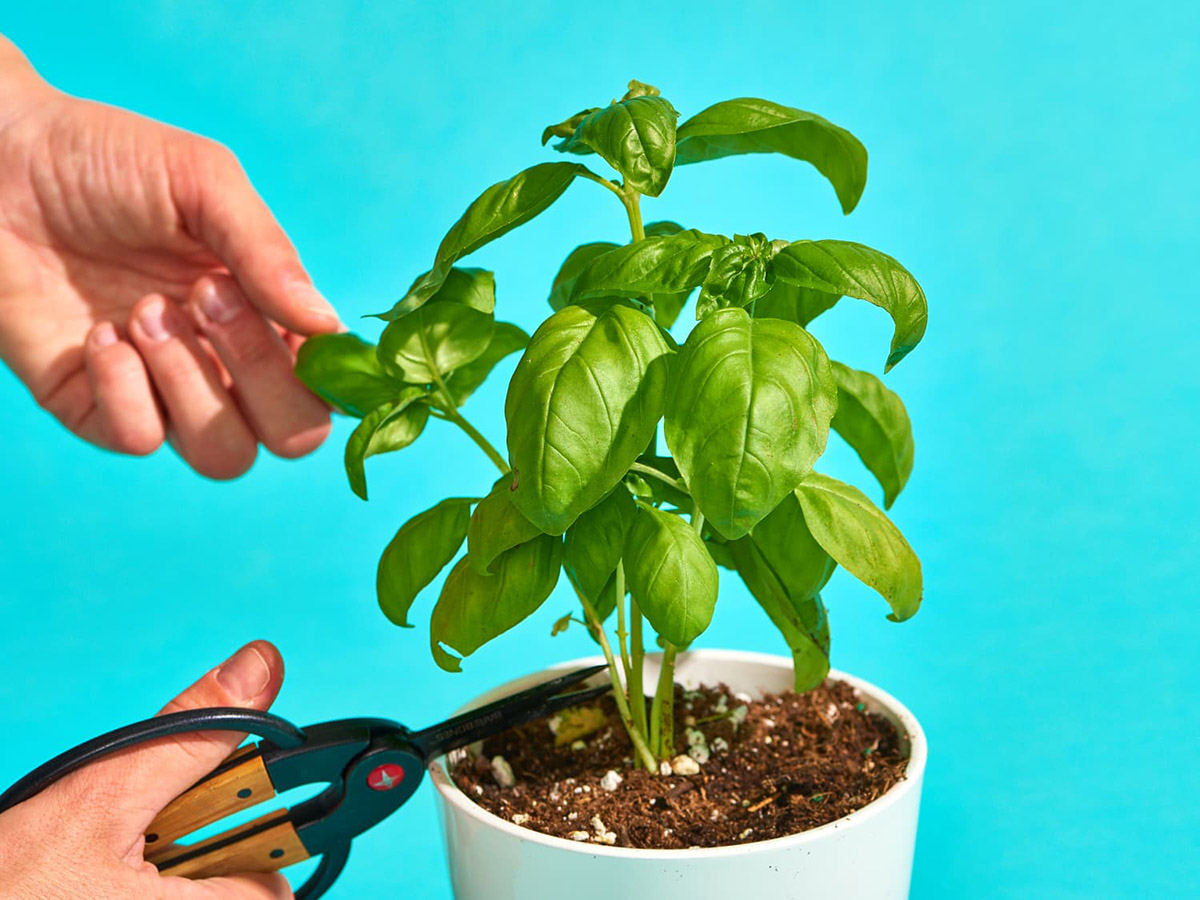

0 thoughts on “How Long Does It Take Kentucky Blue Grass To Germinate”